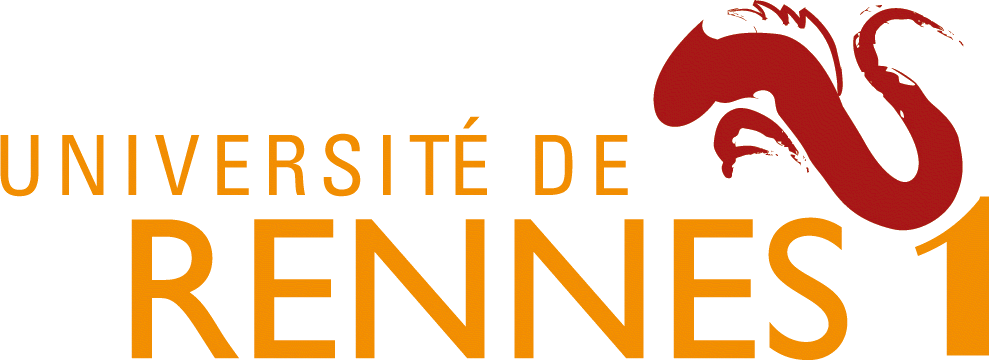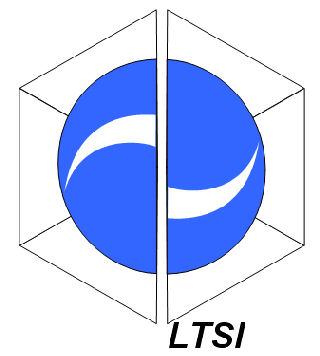News
Members
Publications
Software / Data
Job offers
Images / Videos
Collaborations
Conferences
Lab meetings: "Les partages de midi"
Practical information
Members Area
Next conferences we are in …


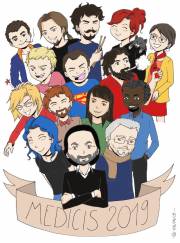
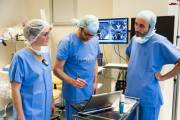
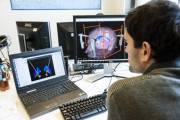
Computer-assisted systems cover multiple surgical domains, and arthroplasty is not an exception. In this project, in collaboration with Stryker, we aim to enhance surgical efficiency by providing to each member of the surgical team personalized and context-specific support and information according to their experience. The final objective is to provide relevant assistance to accelerate the advancement of collaborative proficiency.
The project is divided into three phases: Data collection, off-line data analysis and methodology development, and Situation aware system and team performance.
In the first phase sensor data will be synchronously collected in the orthopedic OR during robotic-assisted total and partial knee as well as hip arthroplasty (TKA; PKA; THA). These sensors include:
Additional information will be gathered as:
Finally, each surgical procedure will be annotated in order to create individual Surgical Process Models (iSPMs). These iSPMs will be described the surgical workflow at the granularity level of phases, steps and activities. This will be performed using a dedicated annotation software based on the OntoSPM ontology.
At the beginning of the data collection, all surgeons and other team members are novices in using the robotic arm.
Surgical Process Models analysis
We will compare the iSPMs to find the main differences in the procedures and to see which phase/steps/activities are always the same. Starting from the robotic MAKO procedural workflow, we will create a graph of surgical variability showing the main procedural workflow and all observed variations in a predefined syntax.
Performance analysis The goals of the overall surgical procedure and of the surgical steps that every surgical team undertakes will be defined. The performance will be evaluated by the effectiveness and efficiency of reaching those goals in combination with the perception of effectiveness and efficiency by each team member. By this means the observed surgeries are grouped according to the team performance level.
The iSPMs will be compared to understand and quantify which skills and behavior contribute to good performance. Correlations between the mental state (subjective feedback and stress level) and sensor data, as well as performance level, are also analyzed to reveal interdependences of stress, behavior, and performance. Based on those results we will define metrics with which the experience/skill level of individuals can be detected automatically according to their performance.
Individual learning curve The intrapersonal differences in sensor data, mental state, time on task and cut-to-suture time in the form of iSPMs will be tracked in order to get a better understanding of how surgical (teams and) individuals learn to use the robotic arm and which cognitive and motor skills are affected by the learning process. We will also identify dissimilarities between fast and slow learning groups
Once the learning process is better understood, situations and stakeholders that require more assistance and support will be defined by both collaborating parties based on the data analysis on performance and learning curves. The objective is to accelerate the individual and team transition from unexperienced to expert users and improving team performance.

